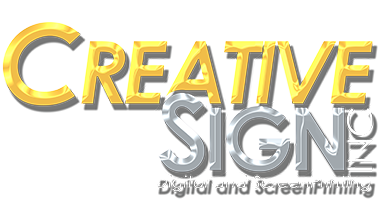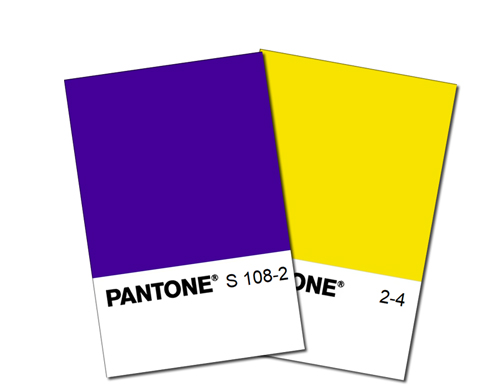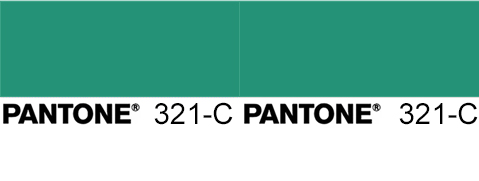Let’s face it – it’s a competitive world out there these days. Everyone is looking for the lowest price and quickest turnaround to meet tight deadlines and budgets. But one should be careful in choosing the lowest price right off the bat. Quite often the lowest price doesn’t always mean the best, most complete service. There are few “extras” that can be overlooked, that may require additional charges in the long run.
Art charges are one of they key areas that can be missed. Does your bid include film? How about packaging? Often times, big jobs with multiple items have specific packaging requirements. Has this been accounted for? Your job has to be delivered, did your bid happen to include shipping and freight? Assuring that these items are included in your quotes will help give you a better idea of the complete price of your job.

Our Planning Department can quote your job any way you would like. Usually, we will include everything in our quotes, including shipping. This will ensure that order for multiple vinyl banners will be delivered to your front door. For big jobs with multiple items, we break out packaging and shipping charges as separate costs. We can do the same for your art charges.
Make sure you are comparing apples to apples the next time you review job bids. Getting to know how your job is priced will help avoid any surprise costs that make that great price not so great after all.



